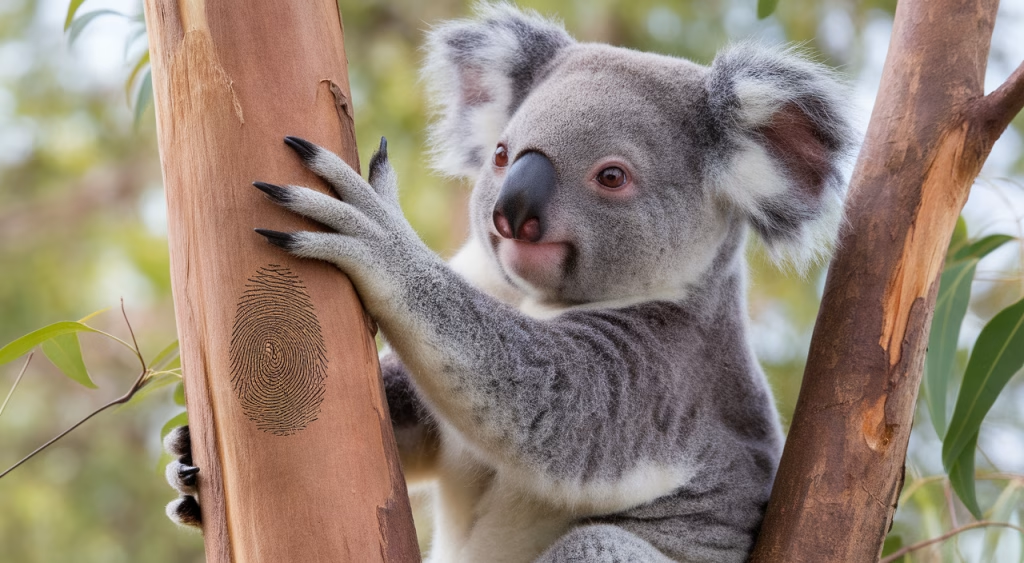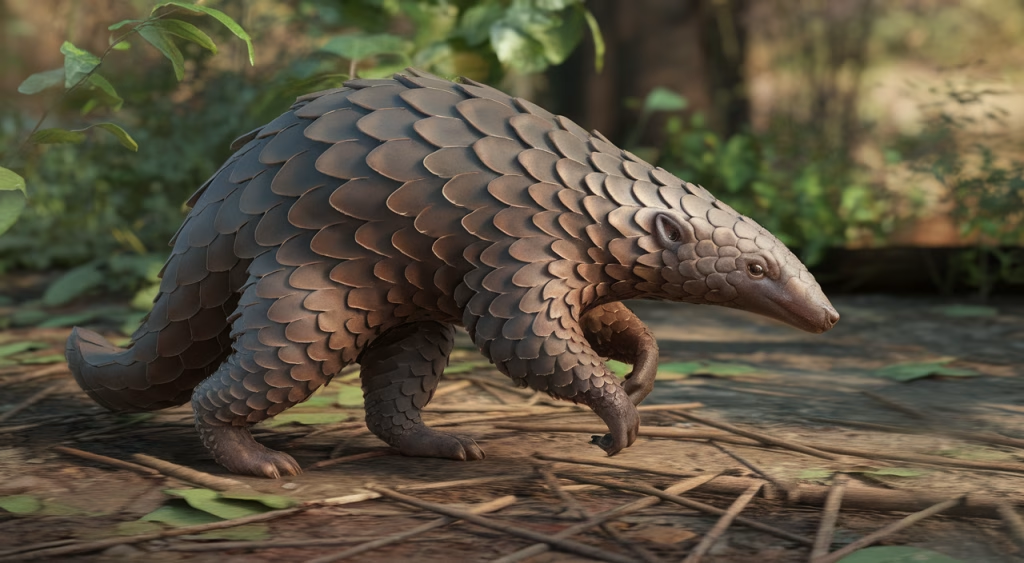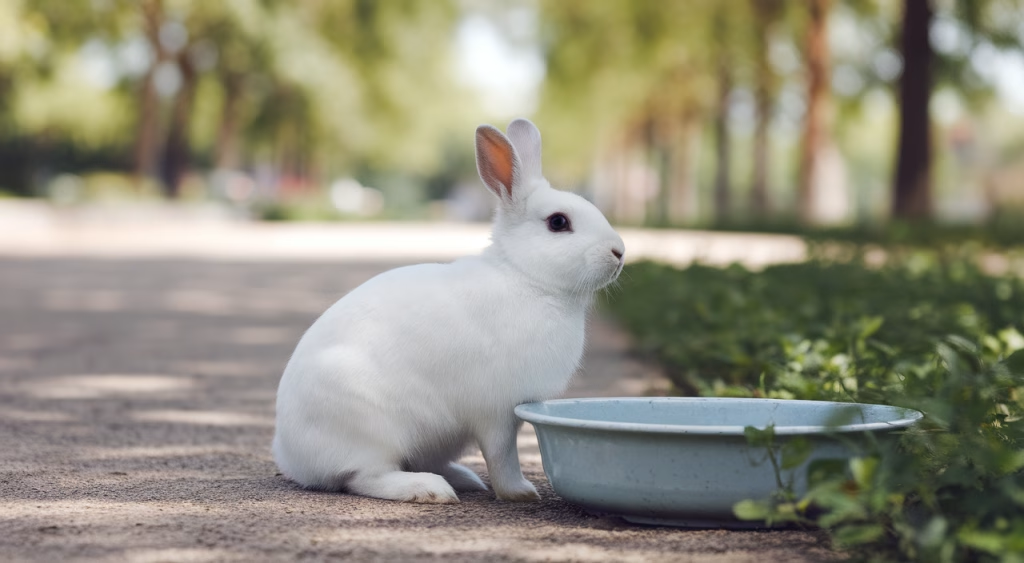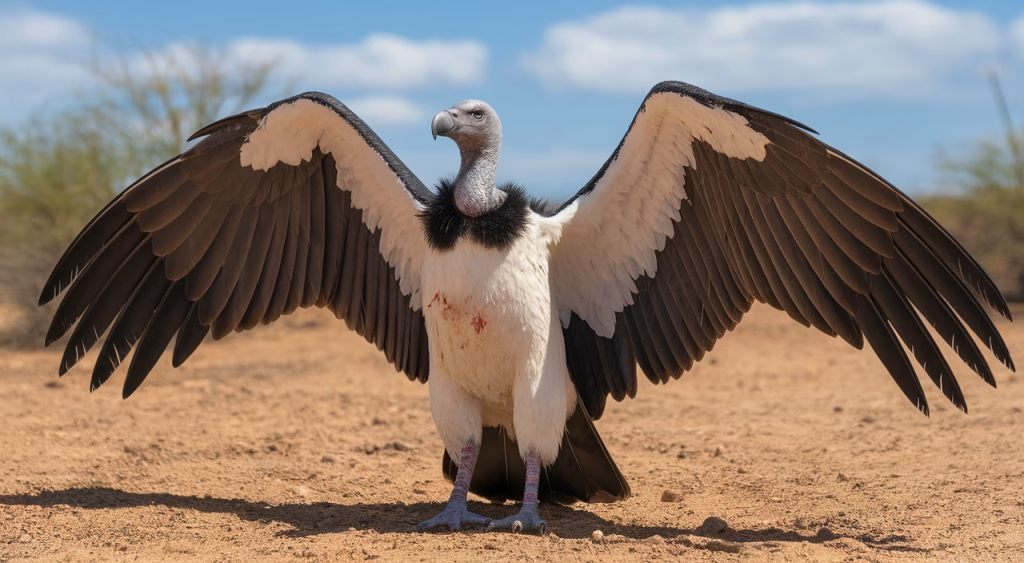5-Minute Pet Bonding Tricks That Strengthen Your Connection
Learn how to deepen your connection with pets using quick, meaningful bonding routines that work wonders. These 5-minute pet bonding techniques cater to dogs, cats, birds, fish, and small mammals. You’ll also discover funny pet moments and unique animal behaviors that make pet ownership even more magical. Find actionable advice tailored for different species, from slow blinking with cats to binkies from rabbits. Build stronger relationships with your pets through attention, play, and consistency without fancy toys or time-consuming activities.




